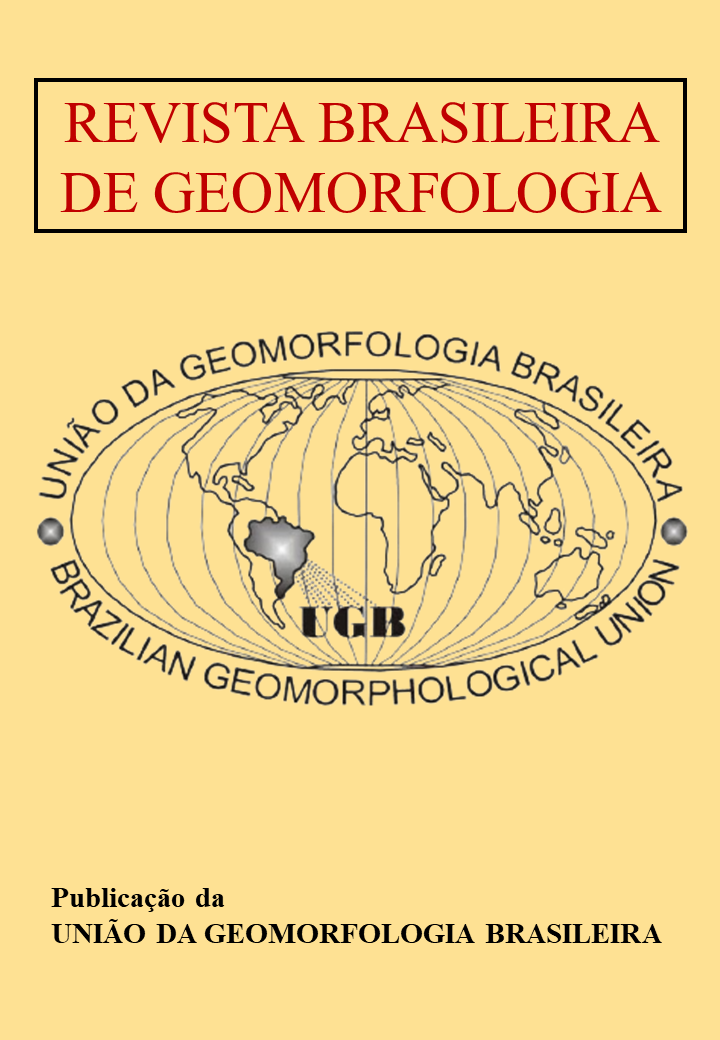The Artificial Expansion of the Littoral and the Destruction of the Rocky Coast Environments
DOI:
https://doi.org/10.20502/rbgeomorfologia.v25i1.2381Keywords:
Ambientes de costa rochosa, enrocamento litorâneo, muros litorâneos, geomorfologia antropogênicaAbstract
Abstract: The middle of the 19th Century was the beginning of an intense process of change in the coastal geomorphology of Rio de Janeiro, Niterói, and São Gonçalo. It also affected the rocky coast environments. Rocky hills were destroyed or got disfigured because they were used as a source of sediment and rock fragments to build walls, houses, buildings, bridges, ports, and streets. The expansion of the urban areas with landfills advanced significantly over the Guanabara Bay shore and over the oceanic coast. Slopes of hills and islands that contained marine ecosystems were either destroyed or changed into urban environments. The measurements carried out in the field and on Google Earth indicated that 45.7 km of natural rocky coast environments disappeared, including: 16.8 km of coastal boulder deposits; 8.9 km of small rocky bays, rectilinear and convex coast with cliff and low cliff angle profiles; and a total perimeter of 18 km of small rocky islands. These natural rocky environments were substituted by artificial structures that rectified the coast. The construction of shipyards, ports and marinas created dented coasts and bays surrounded by concrete seawalls. Considering a total of 95 km of artificial structures built, 26.2 km were breakwater, groynes, and rock revetment to contain landfill. The remaining 68.5 km were seawalls and concrete bases for buildings and bridges.
Keywords: rocky coast environments; coastal groynes; seawalls; anthropogenic geomorphology.
Downloads
Downloads
Published
How to Cite
Issue
Section
License

This work is licensed under a Creative Commons Attribution-NonCommercial 4.0 International License.
Author (s) retain copyright and grant the journal right of first publication with the work simultaneously licensed under the Creative Commons Attribution License that allows sharing the work with recognition of its initial publication in this journal.








